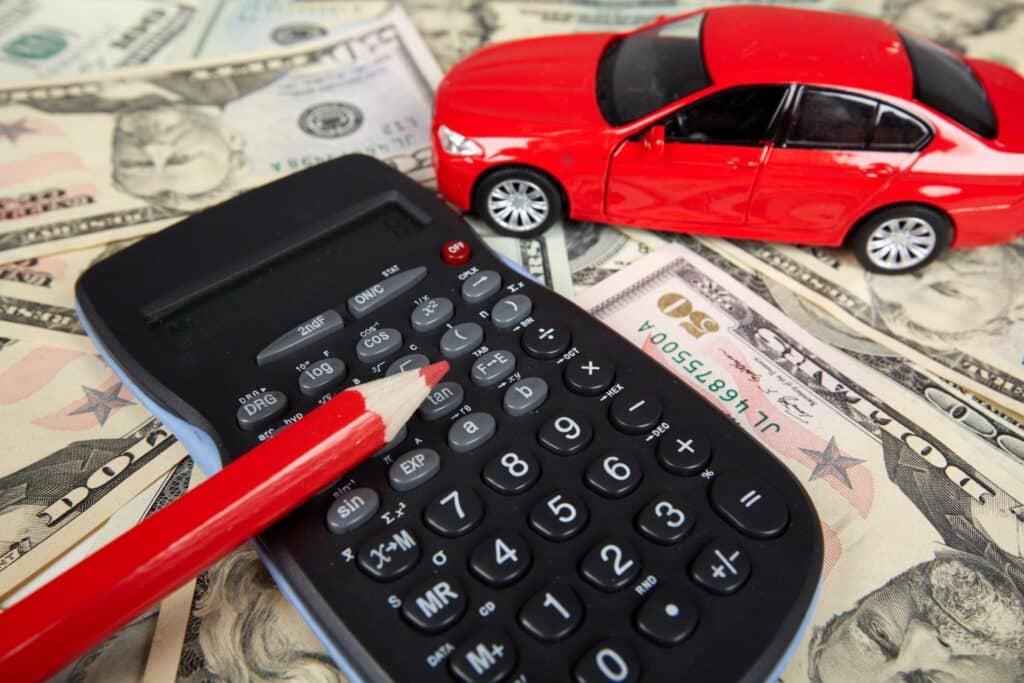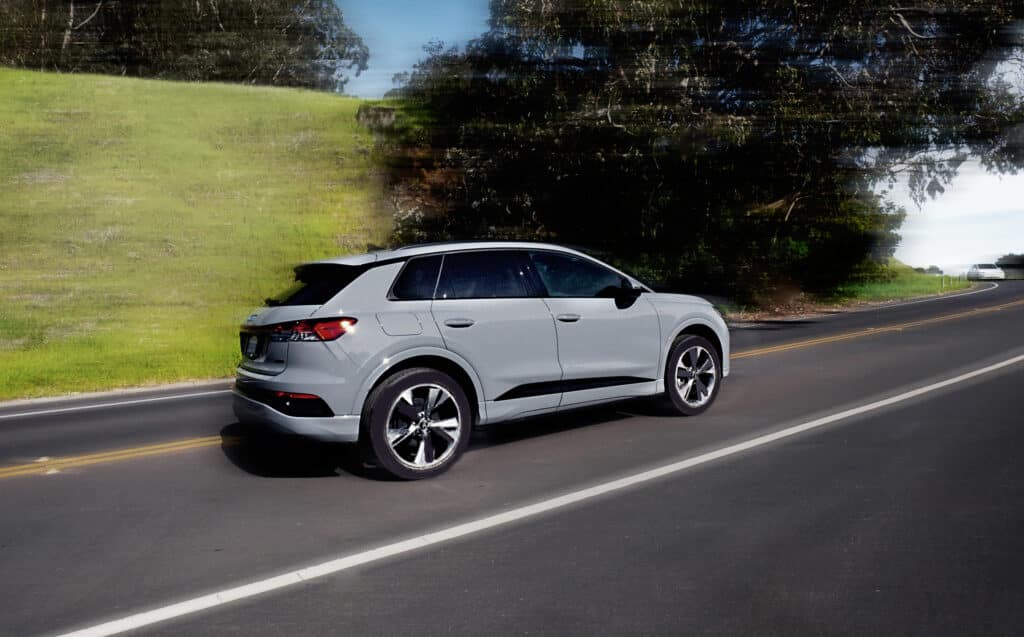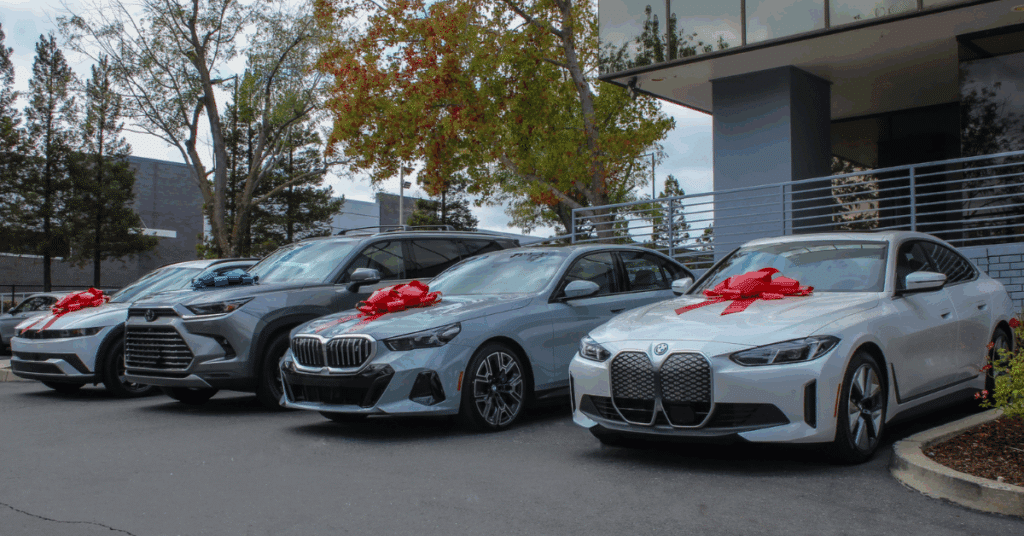When you’re shopping for a vehicle, the sticker price grabs your attention first. It’s the number dealers advertise and the figure that dominates most conversations. But focusing solely on purchase price is one of the biggest mistakes car shoppers make. The real question isn’t just “how much does it cost?” — it’s “should I lease or buy, and what will this vehicle actually cost me over time?”
Why Most Vehicles Are More Expensive Than You Think
Here’s a scenario that would be perfect: you buy a new car for $50,000, drive it for four years, and sell it for $50,000. Your investment holds its value completely. Unfortunately, that’s not how the automotive world works.
The reality? You’re more likely to buy that same car for $50,000 and trade it in four years later for $25,000 or less. That’s a loss of $25,000—about 50% of your investment. This loss in value is called depreciation, and it’s what nearly every vehicle owner experiences. It’s also one of the single largest costs of vehicle ownership, whether you buy or lease.
The Real Cost of Ownership Goes Beyond the Price Tag
Depreciation is significant, but it’s just one piece of the puzzle. When you own a vehicle, you’re responsible for several ongoing costs, too:
Insurance – Your second-largest expense after depreciation, representing roughly 20% of total ownership costs over five years.
Maintenance and repairs – Oil changes, brake pads, tires and unexpected repairs add up quickly. Different brands vary dramatically in maintenance costs, with some costing thousands more than others over the same period.
Fuel – Whether gas or electric, powering your vehicle is an unavoidable expense that can represent 17% of total costs.
Financing and interest – Unless you’re paying cash, you’ll pay interest on your loan. This can represent 11% or more of your total costs, depending on your credit score and how much you finance.
Taxes and fees – State and local governments charge sales tax on vehicles (typically between 7.25% and 10.25%), registration fees, title fees and various other costs that vary by location.
Combined, these expenses typically exceed 100% of a vehicle’s purchase price over a five-year ownership period. For that $50,000 vehicle, you’re looking at approximately $56,500 in total costs over five years—more than $11,000 annually—before state and local taxes.
Here’s how those costs typically break down:
- Depreciation: $26,600 (47%)
- Insurance: $11,300 (20%)
- Fuel: $9,600 (17%)
- Financing/interest: $6,200 (11%)
- Maintenance/repair: $2,800 (5%)
Total: $56,500
Depreciation: The Hidden Cost That Hits Immediately
The moment you drive off the lot, your new car loses value. The average new vehicle depreciates 23% in the first year alone. For our $50,000 example, that’s $11,500 gone in year one. While depreciation slows as the vehicle ages, it rarely stops unless you’re lucky enough to own a future classic.
This is where the lease vs. buy decision becomes critical:
- When you lease: You’re essentially paying for the vehicle’s depreciation during your lease term plus interest (called a “money factor” in leasing).
- When you buy: You’re absorbing the full depreciation hit.
Understanding How Leasing Works
Leasing operates differently from buying. Here’s what happens:
Residual value is the cornerstone of any lease. This is what the leasing company predicts the vehicle will be worth at the end of your lease term. If a $50,000 car has a residual value of $30,000 after three years, you’re essentially financing the $20,000 difference plus interest and fees.
Money factor is the leasing equivalent of an interest rate. It’s typically expressed as a decimal (like 0.00125) but can be converted to an approximate APR by multiplying by 2,400.
Mileage limits are set at the lease’s beginning, commonly 10,000, 12,000 or 15,000 miles per year. Exceed these limits and you’ll pay excess mileage charges, typically $0.15 to $0.30 per mile.
At lease end, you have three options: return the vehicle and walk away, purchase it for the predetermined residual value or trade it for another lease.
Lease vs. Buy: Which Makes More Financial Sense?
The answer depends on your situation, but here are the key considerations:
Choose leasing if:
- You’re considering a luxury vehicle that depreciates quickly and costs more to maintain
- You want to stay within the manufacturer’s warranty period and avoid expensive repairs
- You prefer driving a new car every few years
- You want lower monthly payments
- You drive within mileage limits (typically 12,000-15,000 miles annually)
- You don’t want to deal with selling or trading in a depreciated vehicle
- You want to avoid the “upside down” loan situation, where you owe more than the car’s worth
Choose buying if:
- You’re looking at reliable, long-lasting brands like Toyota that have low maintenance costs
- You’re willing to invest in an extended warranty for peace of mind after the factory warranty expires
- You drive more than 15,000 miles per year
- You want to build equity in your vehicle
- You prefer the freedom to modify or customize your car
- You don’t want mileage restrictions
- You want the option to pay off the loan and own the vehicle outright
The Smart Play: Buying Your Leased Vehicle
Here’s where things get interesting. At the end of your lease, you might have an opportunity that many people overlook: buying the vehicle for its residual value.
If the predetermined residual value is lower than the vehicle’s actual market value, you’ve struck gold:
- Your lease sets a residual value of $28,000
- Similar vehicles are selling for $32,000
- You can purchase your leased car for $28,000 and immediately have $4,000 in equity
- Or simply enjoy owning a vehicle you know has been well-maintained (by you) at a below-market price
This scenario has become more common in recent years due to unpredictable market conditions. When residual values are set, they’re predictions. If the market shifts and vehicles hold their value better than expected, lessees benefit at lease end.
Beware the “Upside Down” Loan Trap
Whether you lease or buy, financing deserves careful attention. Many vehicle owners find themselves “upside down” in their car loans, owing more than the vehicle’s worth.
This happens because:
- Vehicles depreciate faster than many loan balances decrease
- Longer loan terms (six or seven years) extend the payoff period
- Minimal down payments increase the amount financed
Why this matters:
- If you need to sell or trade the vehicle before the loan is paid off, you’ll need to cover the difference between what you owe and what the car’s worth
- Your credit score significantly impacts your financing costs — better credit means lower interest rates, which can save thousands over the life of a loan or lease
How to Minimize Your Vehicle Costs
You can’t avoid all vehicle-related expenses, but you can manage them strategically. The challenge is that these decisions require research, market knowledge, and skilled negotiation — areas where dealers have a significant advantage in this situation. Having expertise in vehicle values, financing terms, and negotiation strategies at each of these points can save thousands of dollars when working with expert auto brokers:
Choose vehicles that hold their value. Some brands and models depreciate much more slowly than others. Research resale values before buying or leasing.
Compare insurance quotes. Rates vary significantly between companies and vehicle models. Get quotes for your specific vehicle before committing.
Consider total cost, not just monthly payments. A lower monthly payment might look attractive, but longer loan terms mean more interest paid overall.
Understand the true cost of “deals.” Zero-percent financing sounds great, but manufacturers often require you to forgo cash rebates. Run the numbers both ways.
For leases, negotiate everything. The vehicle price, money factor and included mileage are all negotiable. Don’t assume the first offer is the best you can get.
Pay attention to residual values. Higher residual values mean lower lease payments because you’re financing less depreciation. Vehicles with strong resale values typically have higher residuals.
The Bottom Line: Price Is Just the Beginning
That $50,000 purchase price is only the starting point. Over five years of ownership, you’ll spend an additional $56,500 on average between depreciation, insurance, fuel, financing and maintenance (before taxes and fees).
Whether you choose to lease or buy depends on your driving habits, financial situation and preferences. Leasing offers lower payments and the flexibility to drive new vehicles regularly, while buying builds equity and makes sense for long-term ownership.
Let Cartelligent Handle the Complex Decisions
Here’s the reality: determining whether to lease or buy, negotiating favorable terms and navigating residual values isn’t simple. Dealers are experts at this process — they do it every day. You don’t.
That’s where Cartelligent comes in. We’re well-versed in interest rates, money factors and residual values, so you can make the right call for your situation. Our advisors provide unbiased opinions and valuable insights throughout the process, whether you’re leasing, buying or deciding between the two.
We’ll help you:
- Compare lease and purchase scenarios side by side for your specific needs
- Understand the true total cost of ownership for different vehicles
- Arrange preferred lease or finance terms that work for your budget
- Navigate trade-ins or lease returns without the dealership pressure
- Avoid unnecessary upsell products that inflate your final price
Most clients get their new car in two to three weeks, and throughout the process, you stay in charge while we handle the details. From negotiation to paperwork to delivery, we work at your pace and your way.
The right choice isn’t the same for everyone, but the right process is: understand what you’ll really pay over time, get expert guidance and avoid the pressure-filled dealership experience.
Ready to make a smarter decision about your next vehicle? Start your new car search with Cartelligent today. We’ll help you determine whether leasing or buying makes more sense—and get you a great deal either way.







